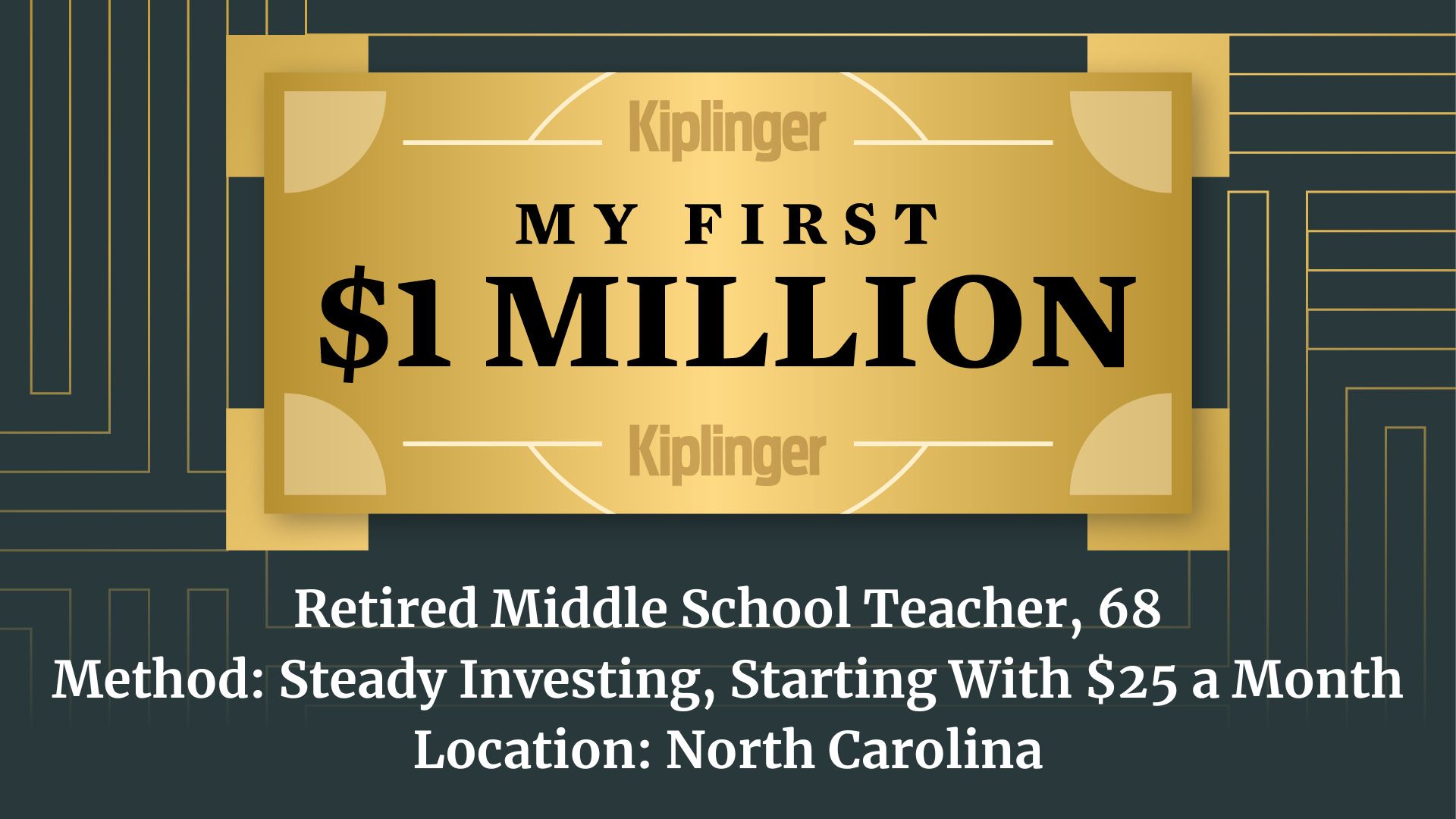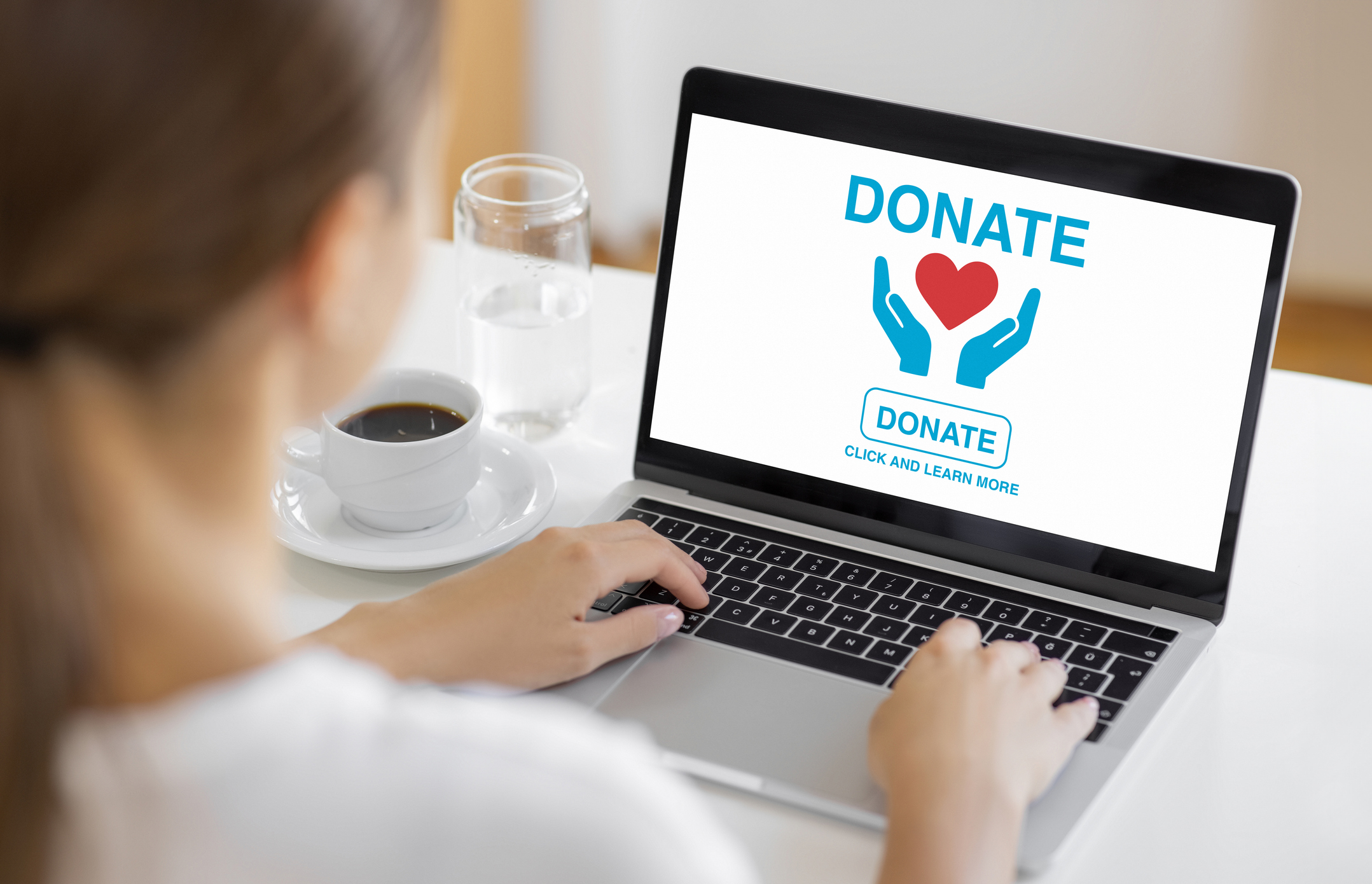Where I'm Stashing My Emergency Fund Before Rates Change
With rate cuts looming, now might be the time to protect your emergency savings from shrinking returns.

Rate cuts might be on the horizon, presenting an excellent opportunity for savers to capitalize on higher rates now before they disappear.
I've been a big fan of high-yield savings accounts. They're easy to set up, offer returns well above 4%, and I don't have to worry about being nickel-and-dimed by my bank.
However, if rate cuts happen, it will impact these accounts. Therefore, like you, I'm looking at changing where to place my emergency fund before the fall.
From just $107.88 $24.99 for Kiplinger Personal Finance
Become a smarter, better informed investor. Subscribe from just $107.88 $24.99, plus get up to 4 Special Issues

Sign up for Kiplinger’s Free Newsletters
Profit and prosper with the best of expert advice on investing, taxes, retirement, personal finance and more - straight to your e-mail.
Profit and prosper with the best of expert advice - straight to your e-mail.
How CDs shield your money when rates fall
Your emergency fund should cover from three to six months of expenses. However, it doesn't hurt to save even more, as layoffs continue to impact many sectors of the economy. Sometimes, it can take from six months to a year to find a new job.
According to the U.S. Bureau of Labor Statistics (BLS), the median duration of unemployment in July was 23.6 weeks — just under five months. Keep in mind that this figure includes everyone who is unemployed, even those only passively looking for work.
For many professionals, the job hunt can stretch much longer.
With this in mind, if you feel comfortable you have enough saved, you can take a portion of your savings and invest it in a certificate of deposit. CDs come with fixed interest rates, meaning if the Fed cuts interest rates, it won't impact you.
Explore some of today's best CD rates and terms here:
Key factors to weigh before choosing a CD
There are a few things you'll want to consider before locking one in. First, make sure you don't need that money for the duration of the CD's term, or you'll incur a penalty if you need to withdraw it before maturity, negating a substantial part of the interest you earned.
Two, keep an eye on inflation, which sits at 2.7%. However, the Bureau of Labor Statistics notes inflation has increased 22.7% since January 2021, while wages only rose 21.5% during this same time, creating a gap that's making it tougher for people to keep up. One way to correct this is by investing in a savings option that far outpaces inflation.
If you want to lock in rates before they drop with quick access to your cash, my suggestion is to do a short-term CD, such as a year or less, or a no-penalty CD. I'm doing a no-penalty CD because it allows me to lock in a rate well above 4%.
Many banks allow you to withdraw your money when you need to, although you usually must keep the initial deposit in the account for the first seven to 30 days, depending on the bank.
If you're seeking other options, here's a breakdown of risk strategy based on different savings vehicles and goals for each one:
Account | Interest rate | Variable rate? | Best for: |
|---|---|---|---|
High-yield savings account | Up to 4.35% | Yes | Savers looking to build an emergency fund |
CDs | Up to 4.35% | No | Best for established savers looking to shield from rate cuts |
Money market account | Up to 4.35% | Yes | Best for savers looking for easier access to their cash through check writing and debit card |
The only reason I wouldn't consider a CD is if you're in the process of building your emergency savings. In this case, I would still recommend a high-yield savings account because, unlike CDs, you can make continuous deposits.
Here's a great option to consider:
Newtek Bank's high-yield savings account
This account earns you 4.35% with no account minimums or fees.
When a money market account makes sense
Money market accounts are also wise options to consider. They work like a hybrid savings/checking account in that you can earn a high rate of return and have quick access to your cash through debit card and check writing capabilities.
However, some money market accounts require a higher deposit, usually around $1,000. If you're new to building your emergency savings, I would consider them once you're more established, given that many require minimum balances.
Protect your savings from rate cuts with flexibility
Ultimately, rate cuts might be coming this year. It's the best time for savers to consider Fed-resistant options like CDs.
If you're worried about having access to your cash, consider a no-penalty CD. You'll get the cushion of shielding your money from rate cuts, with the ability to access it if you need to.
Related content
Profit and prosper with the best of Kiplinger's advice on investing, taxes, retirement, personal finance and much more. Delivered daily. Enter your email in the box and click Sign Me Up.

Sean is a veteran personal finance writer, with over 10 years of experience. He's written finance guides on insurance, savings, travel and more for CNET, Bankrate and GOBankingRates.
-
 Holiday Tax Scams: 'Tis the Season to be Wary
Holiday Tax Scams: 'Tis the Season to be WaryTax Scams Navigating tax tricks of the holiday season may be daunting, but don't let that destroy your festive spirit
-
 Metro by T-Mobile Is Giving Away This Samsung Galaxy A16: Which Plans Are Eligible?
Metro by T-Mobile Is Giving Away This Samsung Galaxy A16: Which Plans Are Eligible?Metro by T-Mobile is offering free Samsung Galaxy A16 phones on eligible plans right now. Here’s how the deal works.
-
 I Drive and Collect Classic Cars: Here’s How I Got Started
I Drive and Collect Classic Cars: Here’s How I Got StartedAre classic cars a hobby or an investment strategy — or both? Either way, the vintage car scene is much cooler and more affordable than you think.
-
 Metro by T-Mobile Is Giving Away This Samsung Galaxy A16: Which Plans Are Eligible?
Metro by T-Mobile Is Giving Away This Samsung Galaxy A16: Which Plans Are Eligible?Metro by T-Mobile is offering free Samsung Galaxy A16 phones on eligible plans right now. Here’s how the deal works.
-
 I Drive and Collect Classic Cars: Here’s How I Got in the Game Without Spending a Fortune
I Drive and Collect Classic Cars: Here’s How I Got in the Game Without Spending a FortuneAre classic cars a hobby or an investment strategy — or both? Either way, the vintage car scene is much cooler and more affordable than you think.
-
 My First $1 Million: Retired Middle School Teacher, 68, North Carolina
My First $1 Million: Retired Middle School Teacher, 68, North CarolinaEver wonder how someone who's made a million dollars or more did it? Kiplinger's My First $1 Million series uncovers the answers.
-
 4 Financial To-Dos to Finish 2025 Strong and Start 2026 on Solid Ground
4 Financial To-Dos to Finish 2025 Strong and Start 2026 on Solid GroundDon't overlook these important year-end check-ins. Missed opportunities and avoidable mistakes could end up costing you if you're not paying attention.
-
 9 Types of Insurance You Probably Don't Need
9 Types of Insurance You Probably Don't NeedFinancial Planning If you're paying for these types of insurance, you may be wasting your money. Here's what you need to know.
-
 I'm an Insurance Pro: It's Time to Prepare for Natural Disasters Like They Could Happen to You
I'm an Insurance Pro: It's Time to Prepare for Natural Disasters Like They Could Happen to YouYou can no longer have the mindset that "that won't happen here." Because it absolutely could. As we head into 2026, consider making a disaster plan.
-
 The Future of Philanthropy Is Female: How Women Will Lead a New Era in Charitable Giving
The Future of Philanthropy Is Female: How Women Will Lead a New Era in Charitable GivingWomen will soon be in charge of trillions in charitable capital, through divorce, inheritance and their own investments. Here's how to use your share for good.
-
 The Retirement Donor's Checklist: Key Deadlines by Gift Type
The Retirement Donor's Checklist: Key Deadlines by Gift TypeRetirees have some charitable contribution options that can help avoid spikes in income from RMDS and capital gains.
